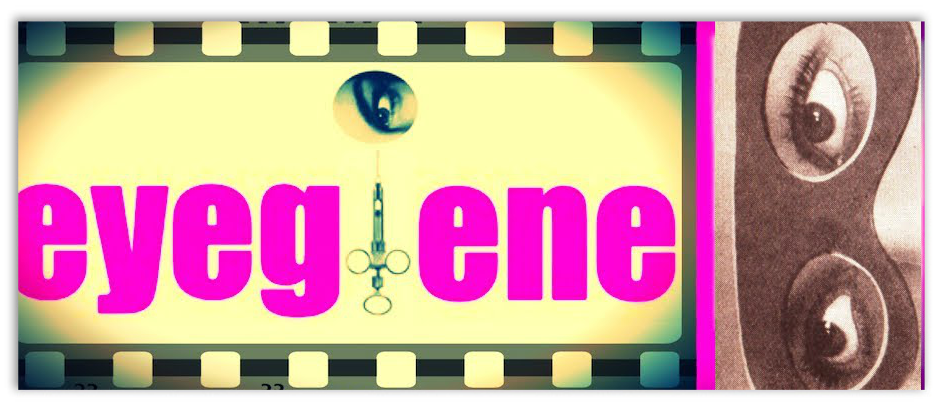Lorena Nava Ruggero: What do you think of La Cucaracha?
La Cucaracha is an American original--like classic American comic strips from the past (Li'l Abner, Little Nemo in Slumberland), Alcaraz fuses regional Southwest cultural realities with a global, international vision. His mesh of politics and cultura sets him apart--as has Garry Trudeau, with Doonesbury and Berekely Breathed, with Bloom County, Alcaraz has created a world unto itself that reflects and responds to the real world with humor, vision, and satirical savvy.
LNR: How is Lalo Alcaraz's work in comics different from other Latino texts, especially those that are political in nature?
It is similar in its focus on the working class; it is different in that it has a savage wit about it--like Gustavo Arellano (
LNR: Do you think Lalo "gets away with" tackling controversial topics the way he does because of its comics form? Why or why not?
Comics are a unique medium--because so many people associate them with "kids" in the United States (this is less true in Latin America and Europe), they are allowed special leeway; that said, few, VERY FEW, daily cartoonists take advantage of this power to enter into peoples minds the way Alcaraz does--Cathy and Blondie just ain't going to shake the boat like Alcaraz does.
LNR: With Latinos growing from a minority to a majority voice, what role do you think La Cucaracha plays in providing political commentary? How is (or isn't) it representative of Latinos as whole?
It is totally representative in that Alcaraz "gets" the Latina/o zeitgeist--a creature of zines, magazines, comix, radio, and agit-prop skit comedy, Lalo's an American original. True, some of his old school lefty hijinks will give some people pause, but they are the very folks that NEED to be shaken up.
ON GRAPHIC NARRATIVE
The long answer came out of me 16 years ago!
But there is an irony in this.
Printed books begin their lives fully illustrated--the "decorations" in the Gutenberg bible and other illustrated manuscripts of the period were KEY to the readers experience. In a sense, the internet and graphic narrative are a throwback renaissance.
LNR: How is storytelling in a graphic novel format different from text-only books?
Cinema in the 1910s and 20s totally owed its "language" to comics, the funnies, found in newspapers. In a sense, the "language" of graphic narrative and cinema are akin in that regard. But we "read" comics as well--so all the powers of interpretation we bring to books are also at play in comics. You have to see while you read and read while you watch.They are an amazing genre, really.
LNR: What makes graphic novels more approachable for readers than regular books (graphic novels are particularly popular with children/young adults)?
Ease of reading. They grow up on animated features on Nickelodeon and Cartoon Network and video games, so the leap to graphic narrative is easy.
LNR: Do you have any favorite graphic novels/comic strips? What are they and why do you enjoy them?
Love and Rockets, by the Los Bros. Hernandez; anything by Dan Clowes and Chris Ware; Los Perdidos by Jessica Abel. Right now Asterios Polyp by David Mazzuchelli and Epileptic by David B. are blowing my mind.
RNR: Why do you think graphic novels are relegated to the literary "ghetto" in America, as opposed to being seen as legitimate reading material in other countries like Japan or Europe?
Maybe it was that way 20 years ago--after MAUS won the Pulitzer, everything changed...









